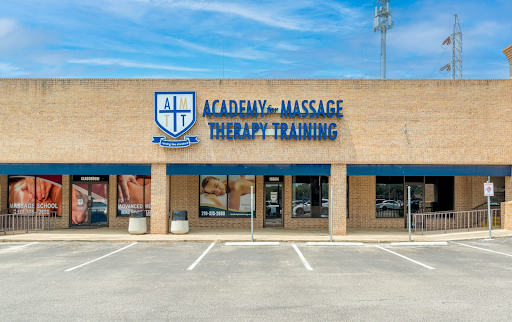Choosing the right massage therapy school is an essential first step in building a successful and rewarding career in this therapeutic field. With so many options available, selecting the right institution can seem overwhelming, especially with the range of programs, costs, and licensing requirements to consider. To make an informed choice, it’s crucial to focus on a few essential factors that align with your personal goals and career path. Here are five critical considerations when exploring schools of massage therapy to ensure a successful journey from student to therapist.
Comprehensive Curriculum and Specialization Options
The curriculum is the core of any massage therapy program, and it’s essential to evaluate it closely. A well-rounded curriculum covers not only practical techniques but also foundational topics such as anatomy, physiology, pathology, and ethics. Licensed massage therapy schools with a comprehensive curriculum will prepare you for diverse scenarios in the field, from relieving tension in clients to handling specific health conditions.
Additionally, consider whether the school offers specializations or advanced training in areas like sports massage, prenatal massage, or deep tissue techniques. These specialized skills can help differentiate you in the job market and allow you to target a specific client base. Schools with a strong focus on practical experience and extensive clinic hours will enable you to refine your skills through hands-on training, a valuable asset for any aspiring massage therapist.
Hands-on Training and Practicum Requirements
A vital component of becoming a successful massage therapist is practical experience, which is why hands-on training is indispensable in massage therapy education. Schools of massage therapy should offer ample practicum hours where students can practice techniques under professional supervision. Some licensed massage therapy schools operate on-site clinics where students work with real clients, providing an authentic experience that builds confidence and refines techniques.
Practical experience helps you apply theoretical knowledge and develop the physical stamina and skills necessary for the profession. It’s also wise to investigate the school’s approach to hands-on training. Does it offer dedicated practice spaces, enough hours for each student, and feedback from licensed professionals? Ensuring robust practicum support can significantly impact your learning experience and readiness to work with clients after graduation.
Support for Licensing and Job Placement
Most states and countries require massage therapists to be licensed, so it’s beneficial to select a school that offers strong support for licensure and job placement. Look for schools that not only prepare you for state or national licensing exams, such as the Massage and Bodywork Licensing Examination (MBLEx) but also offer review sessions and resources that cover the exam’s critical components.
Post-graduation job placement assistance is another valuable service offered by some licensed massage therapy schools. Check whether your school has partnerships with local spas, wellness centers, or clinics, and inquire about their job placement rates. Schools that actively support job placement may also provide resume workshops, interview coaching, or networking opportunities with alumni and local employers, which can be instrumental in helping you secure a job after obtaining your license.
Location, Cost, and Financial Aid Options
Location is often a deciding factor, as attending a school close to home can reduce transportation and accommodation expenses. However, if a more distant school offers a program or specialization that aligns with your goals, relocating may be worthwhile. Be sure to weigh the costs, including tuition, fees, textbooks, and supplies, to get a clear understanding of the total investment.
Consider schools that offer financial aid, payment plans, or scholarships. Accredited schools of massage therapy are typically eligible for federal financial aid, which can ease the financial burden. Additionally, some schools may offer internal scholarships or flexible payment options that allow you to pay tuition in installments. Factoring in financial support options can help you manage costs without compromising on the quality of education.
Conclusion
Enrolling in the right schools of massage therapy is a pivotal decision that can shape the trajectory of your career in this rewarding field. By prioritizing factors such as accreditation, curriculum, hands-on training, licensure support, and cost, you’ll be well-equipped to find a school that matches your ambitions and learning style.



